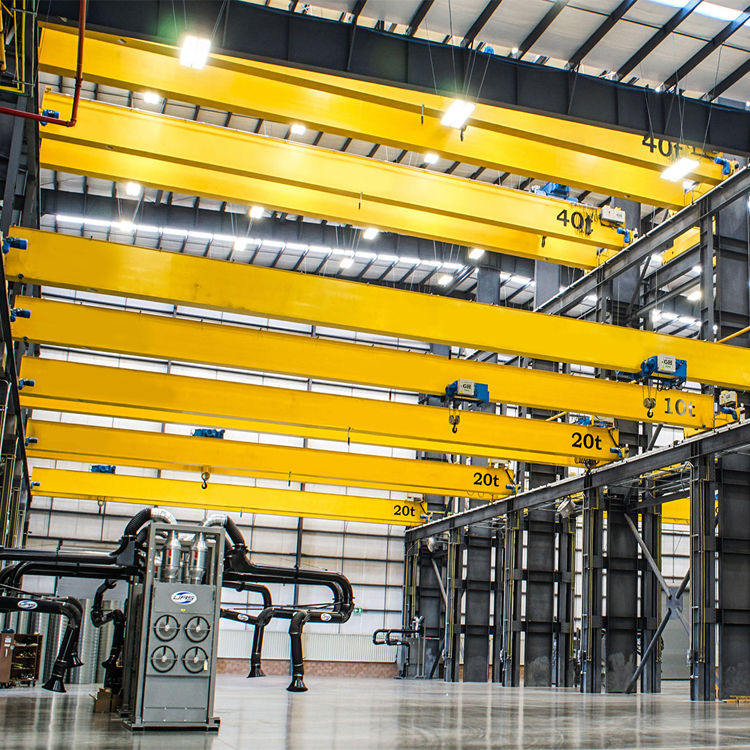What are overhead and gantry cranes?
In the world of logistics and heavy machinery, overhead and gantry cranes play an indispensable role. These powerful lifting devices have revolutionized the way goods are moved and handled within various industrial settings. Whether it's a construction site, a manufacturing plant, or a shipping port, overhead and gantry cranes serve as reliable workhorses that help optimize operations and improve productivity. In this blog post, we will delve into the fundamentals of overhead and gantry cranes, highlighting their functions, advantages, and key differences.
What Are Overhead Cranes?
Overhead cranes, also known as bridge cranes, are types of cranes that operate on a horizontal beam or bridge, which runs along two parallel runways. This configuration allows the crane to lift and transport heavy objects within a designated area. Unlike other cranes that have limited mobility, overhead cranes are versatile and can cover a wide range of workspaces. They are typically used in factories, warehouses, and construction sites for tasks such as loading and unloading cargo, moving heavy machinery, and assembling large structures. Overhead cranes often come equipped with a hoist, allowing precise control and safe lifting of various loads.
Gantry cranes, on the other hand, are similar to overhead cranes but have one notable difference. Instead of being supported by runways, gantry cranes are mounted on legs or gantries that move on wheels or along tracks. These free-standing cranes offer increased mobility and flexibility in terms of traversing across a worksite. Gantry cranes are commonly used in outdoor settings such as ports, shipyards, and construction sites. They serve the purpose of lifting and moving heavy objects, containers, and construction materials efficiently. Gantry cranes are known for their high load-carrying capacity and ability to cover large areas quickly, making them ideal for handling bulk cargo and performing demanding tasks.
Advantages of Overhead and Gantry Cranes:
Both overhead and gantry cranes offer several advantages that contribute to enhancing operational efficiency and productivity. Firstly, they maximize the use of available space, enabling material handling in confined areas without obstructing workflow. Secondly, these cranes provide a safe working environment by minimizing the risk of accidents, ensuring precise lifting, and reducing manual labor requirements. Additionally, overhead and gantry cranes facilitate quick and efficient load transfers, resulting in improved turnaround times and reduced idle periods. Their versatility allows various objects, regardless of shape or size, to be handled with ease, effectively enhancing productivity and overall operations.
Overhead and gantry cranes are indispensable tools in the industrial sector, streamlining operations and improving productivity. Understanding the differences between these two cranes is crucial when determining the most suitable option for specific tasks. Overheads cranes excel in interior environments, while gantry cranes offer the flexibility to operate in both indoor and outdoor settings. Both cranes provide numerous advantages, such as maximizing space utilization, ensuring worker safety, and enabling efficient load transfers. By harnessing the power of overhead and gantry cranes, industries can expect smoother logistics, increased productivity, and enhanced efficiency.

Post time: Jul-14-2023







